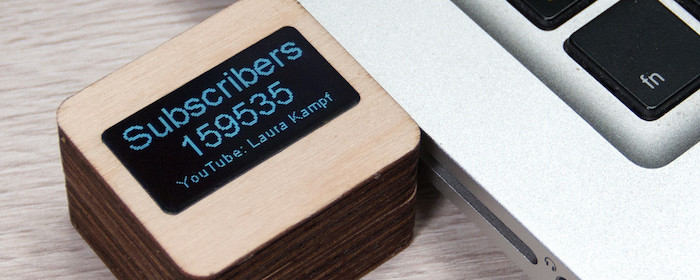ESP8266 internet radio

Tom Tobback built an ESP8266 internet radio based off Edzelf’s excellent Esp-radio project. It uses NodeMCU ESP8266 board for connecting to various internet radio stations and the VS1053 module for decoding the mp3 stream. A TFT display is used in the project to show relevant information such as which radio station is being played. The firmware for ESP8266 is developed using Arduino IDE. The radio also features a built-in web server to allow the user to configure settings and add/modify favorite radio stations. The radio box has a volume control knob and 2 push buttons for channel up and down functions.
Read more


